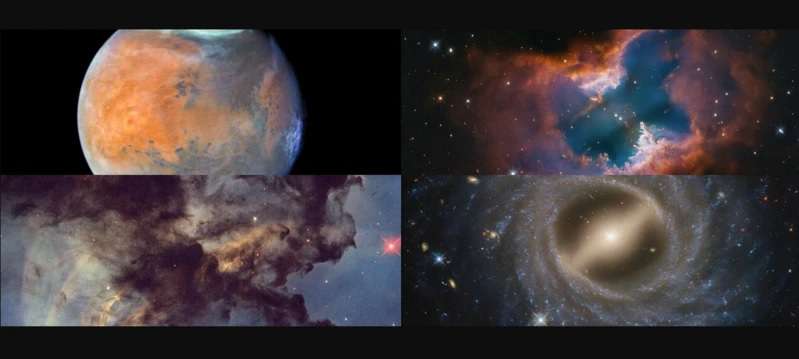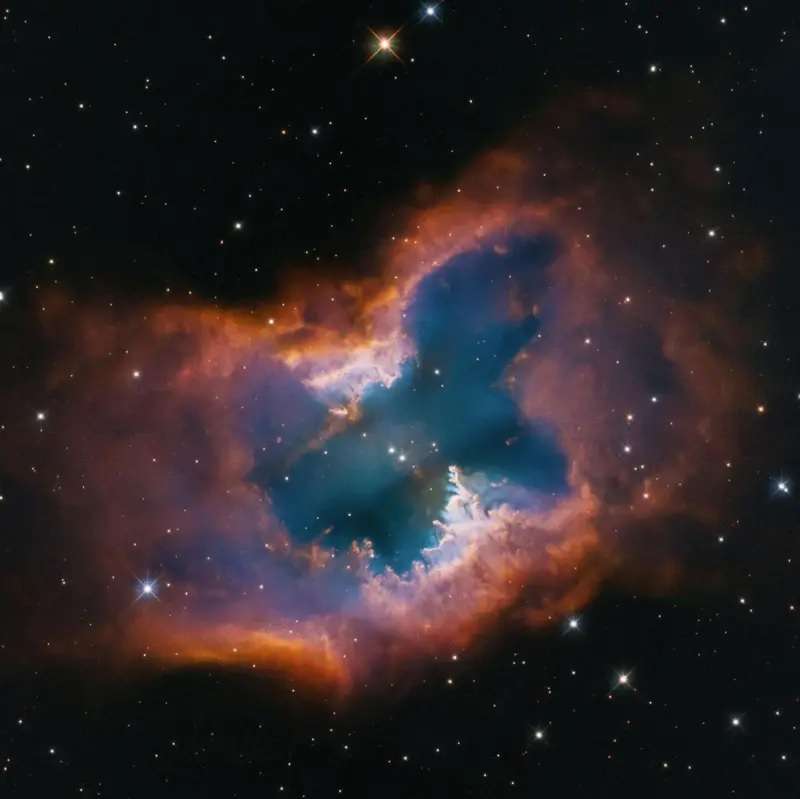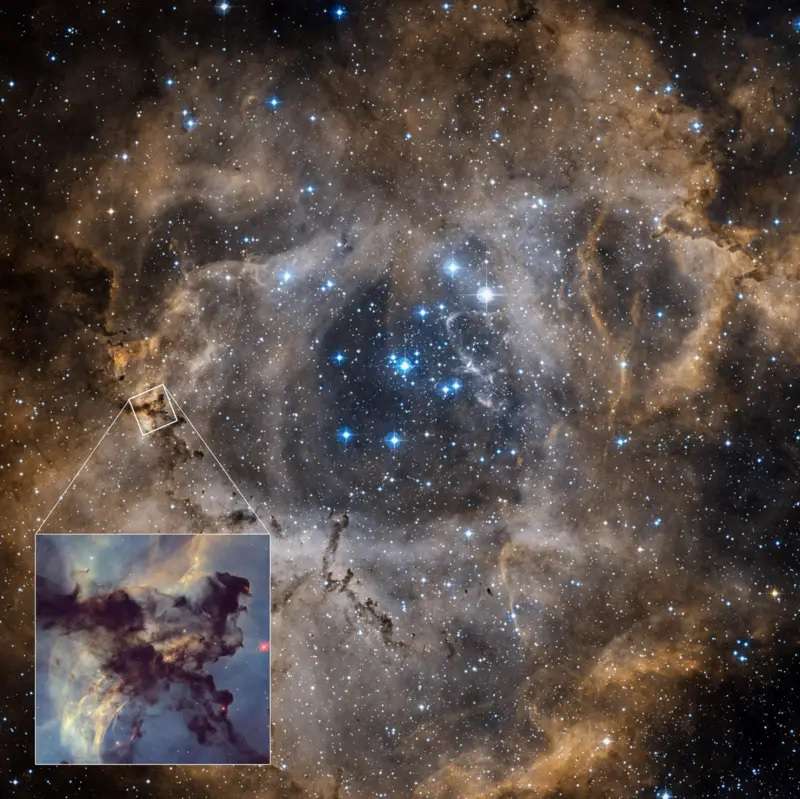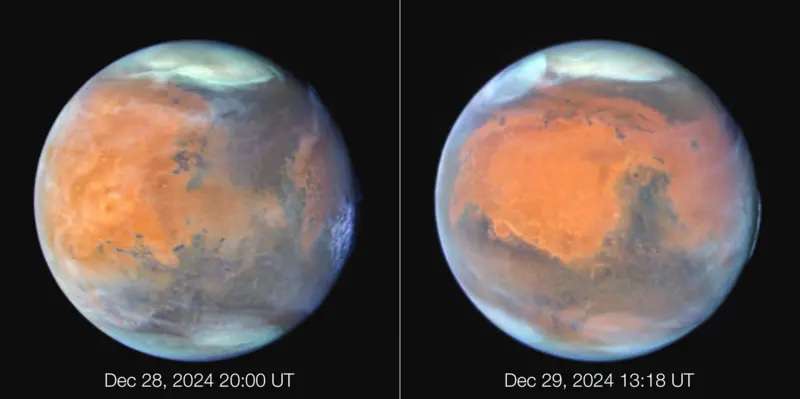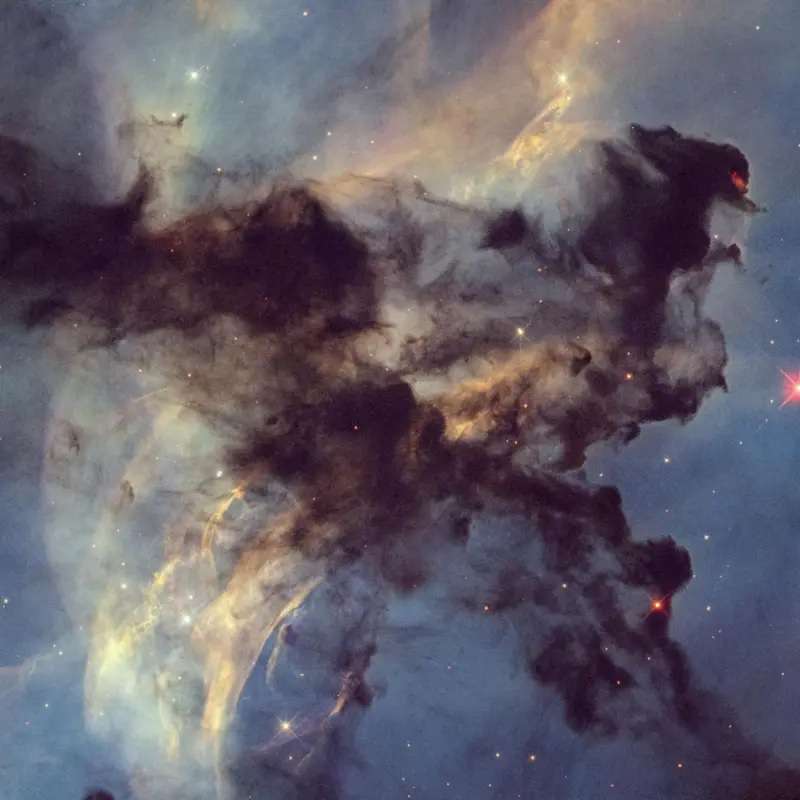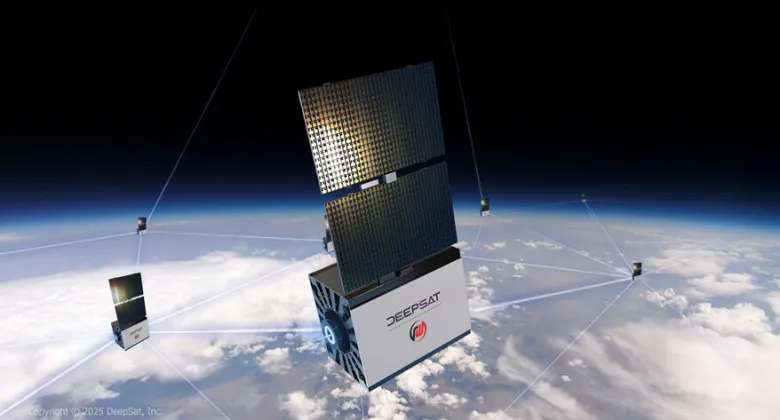The Hubble Space Telescope, one of the world's most famous space instruments, has turned 35. It was launched into orbit on April 24, 1990, becoming the first space telescope to observe the universe beyond the atmosphere with unprecedented clarity and depth.
During this time, Hubble has become a symbol of scientific achievement and one of the world's most famous "photographers"," expanding the boundaries of space exploration and opening a new page in mankind's scientific history.
The studies carried out with its help have radically changed scientists' ideas about the structure and development of the universe.
"When we built Hubble, we were trying to find answers to specific questions: the time of the universe's origin, its size, and other such issues," said Heidi Hammel, the former project coordinator, in an interview with the BBC. "But if we list the 10 most important scientific discoveries of Hubble today, we will see that half of them were not even included in our original tasks. We knew so little then that we could not formulate the right questions."
During its 35 years of operation, Hubble has studied about 55 thousand astronomical objects, ranging from small exoplanets and dwarf galaxies to nebulae spanning tens of thousands of light years. More than 22 thousand articles have been published in the scientific press based on its observations. More than 400 terabytes of scientific information have been transmitted from the telescope to Earth.
In honor of the anniversary, NASA and the European Space Agency (ESA) have traditionally published the most impressive photos taken by Hubble in recent times, once again emphasizing the telescope's scientific and cultural significance.




